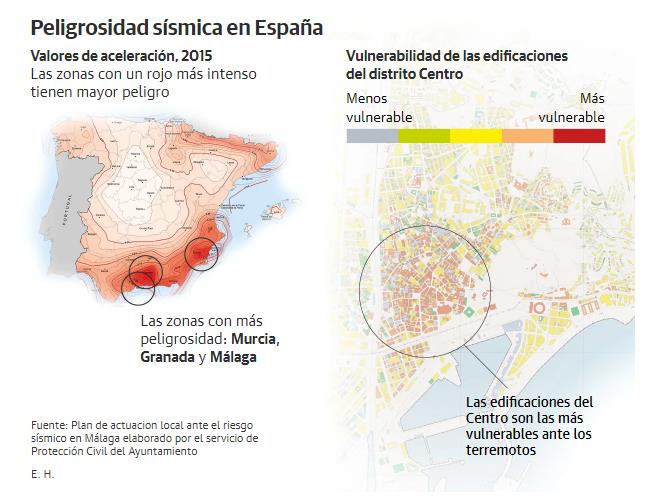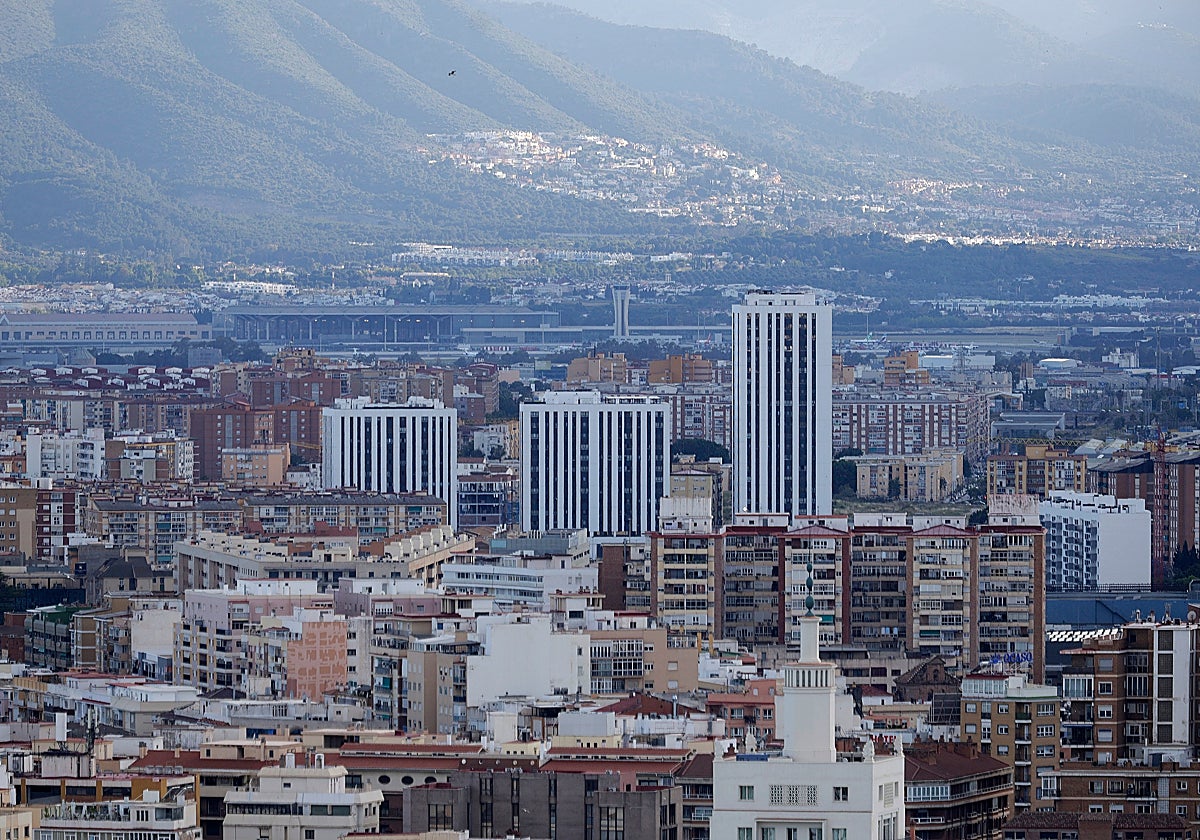
Tuesday, 15 July 2025, 11:01
The earthquake recorded on Monday morning off the coast of Spain’s Almeria province has prompted some reflection on the readiness of Malaga city to handle a seismic event of this magnitude. The answer can be found in an earthquake plan, which is a document drawn up by civil protection experts in 2019 and known as ‘el Plan Sismo’ in Spanish.

The fact is that the provinces of Malaga and Granada are, together with the Levante area, the parts of mainland Spain most prone to earthquakes.
The technical document provides a fairly accurate snapshot of the areas of Malaga city where an earthquake could be most intensely felt (the city centre and the Guadalhorce area) and the vulnerability of many buildings with estimates that around 1,400 could collapse) It also details the damage and casualties that could result from an earthquake of magnitudes between 7.0 and 8.5 (Monday’s earthquake near Almeria was 5.4, the strongest since 1930).
Return period for earthquake recurrence
This study was conducted with a return period of almost 1,000 years and also took into account events recorded since the 16th century. According to estimates, an earthquake of this magnitude would cause severe damage to 1,365 buildings and moderate damage to another 2,404. However, only 40,443 buildings in the provincial capital would suffer minor damage and 6,916 would not be affected by the tremors.
So, what would be the damage from an earthquake with a magnitude of between 7.0 and 8.5 in Malaga city? The most striking: 701 buildings and 1,479 houses would be rendered uninhabitable, 3,432 people would be left homeless and 207,576 houses would be damaged, affecting 481,576 inhabitants.
Encarni Hinojosa

Regarding personal injuries, estimates stand at approximately 418 people with minor injuries, 14 fatalities and 56 with serious injuries. However, don’t panic – this is the worst-case scenario in 1,000 years.
By district
Looking in more detail by district, the city centre is particularly noteworthy where, due to the age of the buildings, 1,172 could be severely damaged and 16 could practically collapse. Likewise, there would also be a high percentage of buildings with moderate or severe damage in the eastern district, with 465 and 69 properties respectively affected.
So, the eastern district would be the next most damaged district after the city centre. Then, further away, Ciudad Jardín. Teatinos would, by far, be the least damaged district.
The plan also compiled a list of the most significant earthquakes that Malaga has suffered in recent centuries. The most intense were those of 1581 and 1680. In the 19th century there were a dozen and eight in the 20th century. In 2006 and 2008, earthquakes were recorded at magnitudes greater than four, a level similar to those felt in recent weeks.
